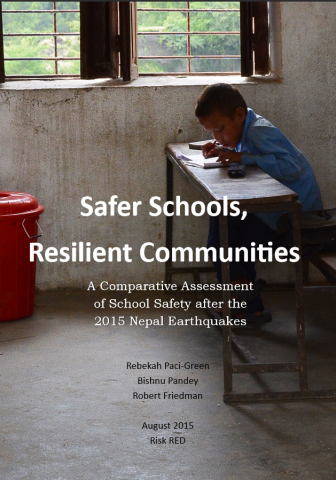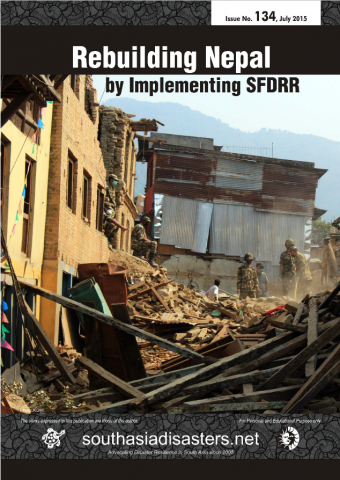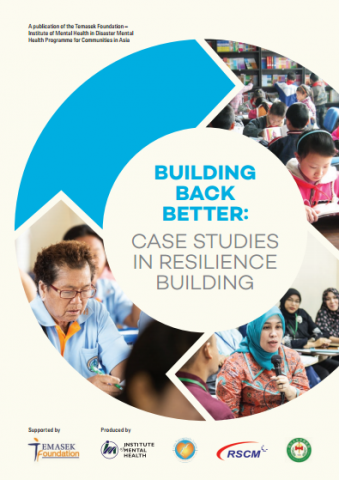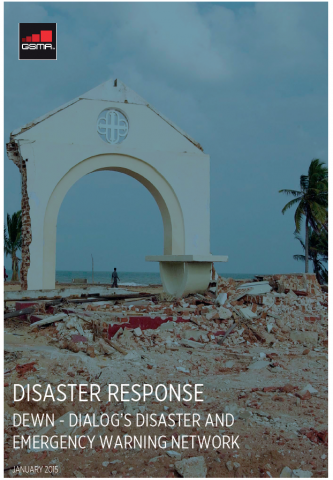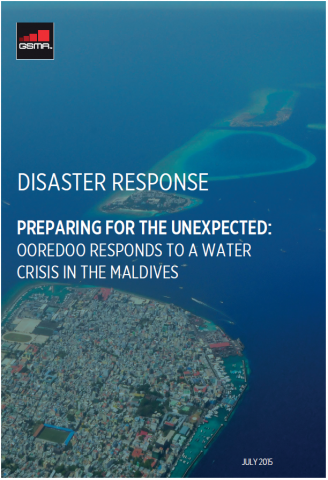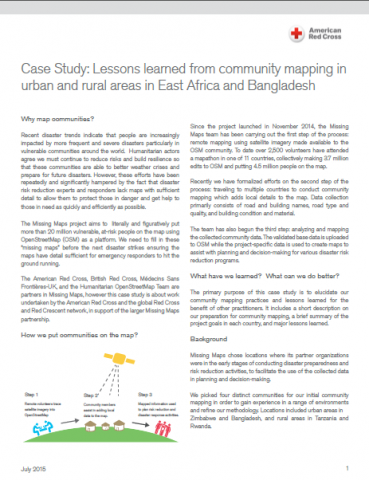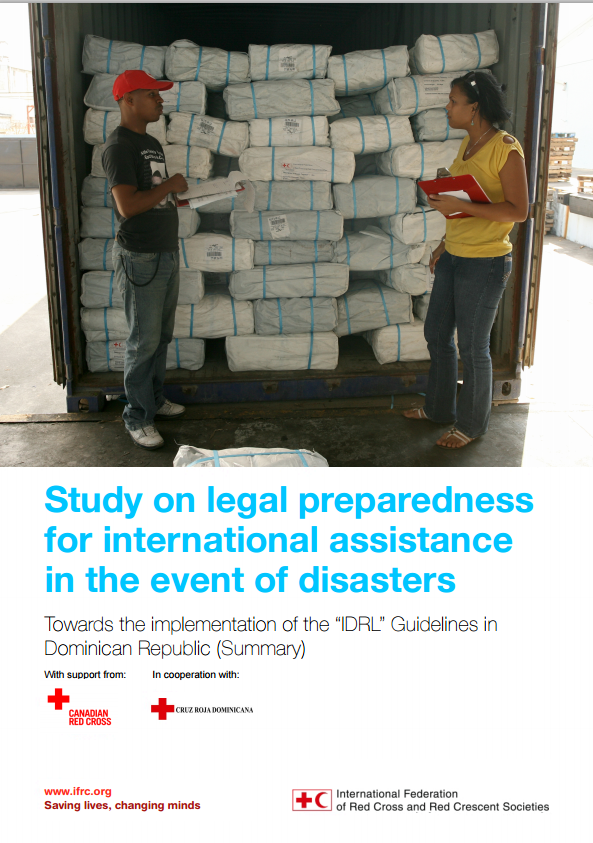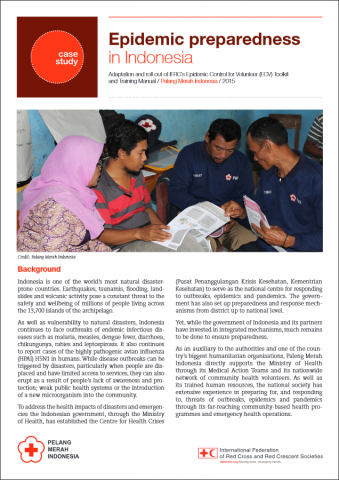Safer Schools, Resilient Communities: A Comparative Assessment of School Safety after the 2015 Nepal (Gorkha) Earthquakes
The effects of the earthquake on Nepal’s educational infrastructure offer a rare opportunity to study whether previous interventions to improve building practices, combined with community engagement, have resulted in safer schools and communities. The primary questions considered in this study were: Firstly how did damage at purportedly disaster resistant public school buildings, whether retrofitted or […]

